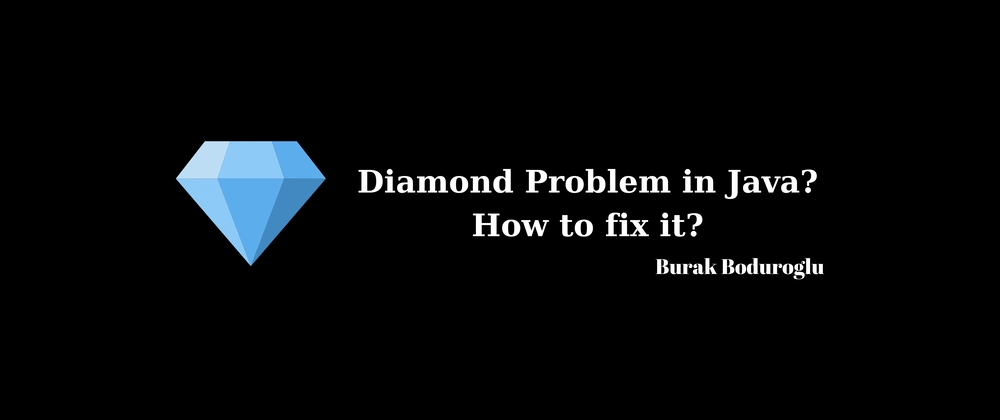In Java, the Diamond Problem is an issue that arises due to multiple inheritance. When a class inherits the same method from two different superclasses, it becomes unclear which method should be used. However, Java does not directly support multiple inheritance for classes (a class can only inherit from a single class). The Diamond Problem typically occurs with interfaces when default methods are involved.
What is the Diamond Problem?
Scenario: How the Diamond Problem Arises
When a class inherits a default method with the same name from two different interfaces, ambiguity arises. Let’s illustrate this with a diagram:
Interface A
/ \
/ \
Interface B Interface C
\ /
\ /
Class D
-
Explanation:
-
Interface Ahas a default method, let’s saymethodX(). -
Interface BandInterface CimplementInterface Aand may either overridemethodX()or define their own defaultmethodX()implementations. -
Class Dimplements bothInterface BandInterface C. - Now, when
methodX()is called inClass D, it’s unclear whichmethodX()should be used. This is the Diamond Problem.
-
Solution to the Diamond Problem in Java
Java provides several mechanisms to solve the Diamond Problem. Let's explain them with diagrams:
Solution 1: Overriding the Default Method
By explicitly overriding methodX() in Class D, you resolve the ambiguity.
Interface A
/ \
/ \
Interface B Interface C
\ /
\ /
Class D
|
Override methodX()
-
Explanation:
-
Class DdefinesmethodX()within itself and specifies the desired behavior. - This way, instead of using the default methods from
Interface BorInterface C,Class D's own implementation is used.
-
Solution 2: Calling by Specifying the Super Interface
In Java, a class can explicitly specify which interface's default method it wants to use.
Interface A
/ \
/ \
Interface B Interface C
\ /
\ /
Class D
|
methodX() -> Interface B.methodX()
-
Explanation:
- While defining
methodX()inClass D, for example,methodX()fromInterface Bcan be called. - Alternatively,
methodX()fromInterface Ccan be used.
- While defining
Solution 3: Establishing a Hierarchy Among Interfaces
Sometimes, the Diamond Problem can be avoided by creating a hierarchy among interfaces.
Interface A
|
Interface B
|
Interface C
|
Class D
-
Explanation:
- If
Interface Cinherits fromInterface B, andInterface Binherits fromInterface A, a chained structure is formed. - This way,
Class Donly implementsInterface C, eliminating ambiguity.
- If
Thanks for reading.



Top comments (0)